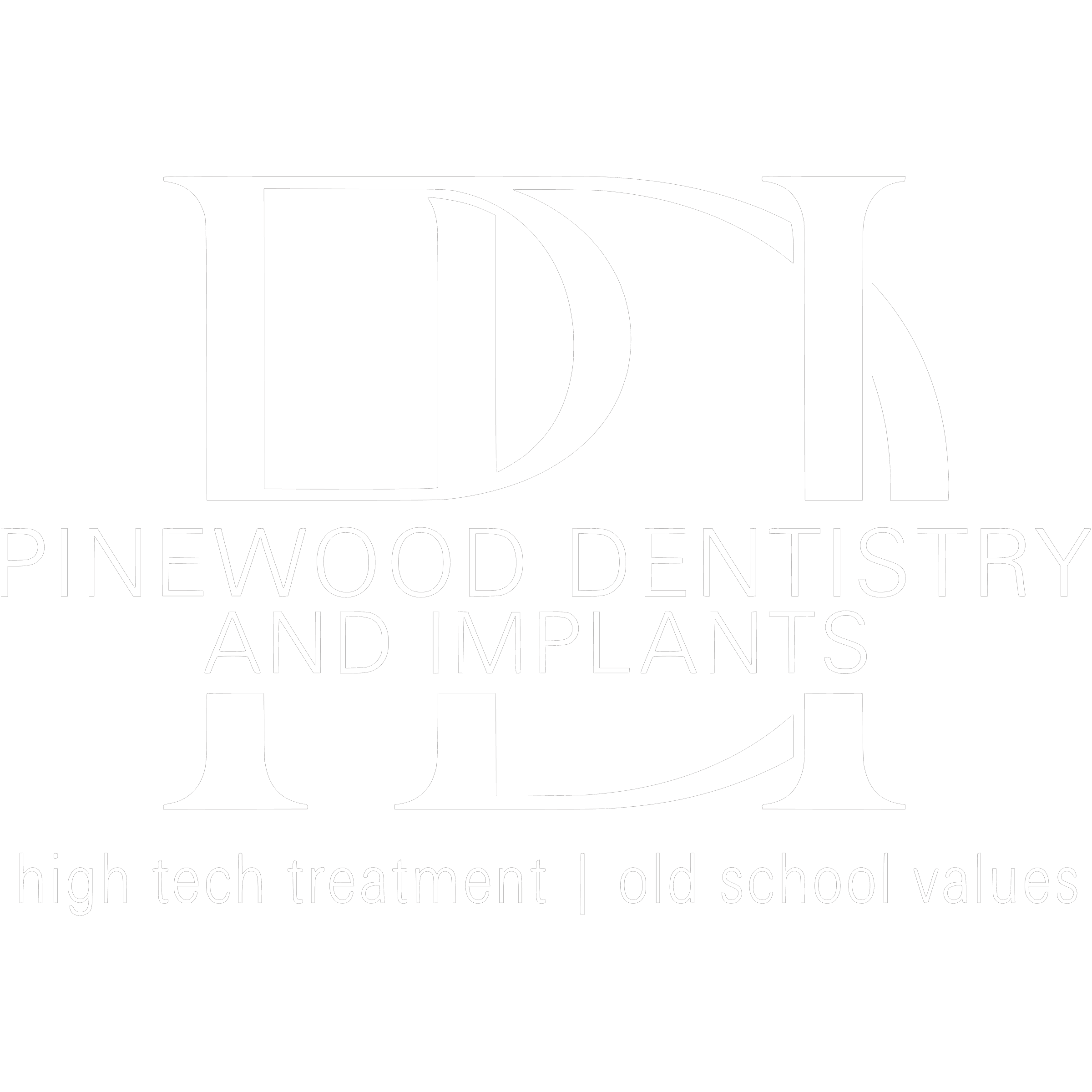Clinical Tips 2: Deep Caries and more Cracks
Deep caries excavation is a hot topic in dentistry, and something we try to navigate often for the best outcomes. Caries is the ‘disease’ that causes tooth decay or cavities, and is caused by bacteria inside the tooth. If a tooth is symptomatic, and the decay is noticeably hitting the nerve, often a tooth will end up needing endodontic treatment, or a root canal.
However, it is sometimes possible to push off endodontic treatment by carefully removing the decay and sealing in a bonded restoration under proper isolation when we get to it in time!
In this case, the patient is 20, the old amalgam filling was leaking, and the tooth was sensitive. Our first step in treatment here is deep caries excavation. Since the patient is going to begin SureSmile once this tooth has been treated, we will hold off on a crown or onlay. A crown or onlay will be necessary either if the tooth ends up needing a root canal to prevent the risk of fracture, or if the tooth ends up being fractured under the silver filling – which ended up being the case. We will wait to do the indirect restoration (crown or onlay) until after ortho is done.
We begin this process with isolation. You will notice a trend in our clinical tips – and we discussed it on the first post – but proper isolation is critical for success of bonded restorations. This is somewhat of a controversial topic, as many dental professionals think cotton rolls or other options are good enough. At Pinewood Dentistry and Implants, we use rubber dams (which are made of non-latex material) to isolate the tooth. This is the gold standard, and what we would want in our own mouths, so that is what we do for all of our patients.

We move on to removal of the amalgam, followed by careful excavation of the deep caries that have been stained with the caries indicating dye. This selectively stains the infected dentin – which has bacteria in it – while not staining the affected or healthy dentin, which is still best left behind.

This is not a step to rush, and we stain the tooth a few times to make sure we get it all! It is in this step that we notice the fractures under the silver filling, and now know where the decay was coming from! That is how the bacteria got into this tooth. Fractured teeth cause so much destruction, you will notice we talk about them a lot!

After we finally get everything as clean as we can, we are thankful that we did NOT hit the nerve! We apply what is called an ‘indirect pulp cap’ which is a RMGI or resin modified glass ionomer material that we place over the pulp. This serves a few purposes, first of all it forms covalent bonds to the dentin structure helping to ‘seal’ in the pulp. Second, it protects the pulp from the etch/bond materials we will use to build the tooth back. We will dive into bonding more in further clinical tips.

We etch the tooth structure, apply cavity conditioner which is an antibiotic product that is able to help further disinfect the tooth structure before bonding. Less bacteria, less risk of premature restoration failure or ‘micro-leakage’.

The bonding agent is then applied, cured (not pictured), then the flowable restorative material is applied. This is highly resin based material that forms a tight bond to the dentin bonding agent, and ensures a leak-free restoration (also not pictured). The packable composite is then applied in 2mm increments, to ensure its fully cured. The finished restoration is then polished and contoured, and the bite adjusted.

This tooth is now symptom free, we are pleased with the outcome! This tooth will need further dentistry – again due to the fractures – but overall this is an ideal outcome for the patient!

Thanks for reading our Clinical Tips! Pinewood Dentistry and Implants specializes in cosmetic, implant, and reconstructive dentistry. What is most ‘reconstructive’ is single teeth – we perform high-quality single tooth family dentistry for patients of all ages including filings, crowns, root canals, and more. While some offices’ approach to fillings and tooth decay is to drill and fill them every few years, we strive for a better outcome and often see our restorations last a decade or more! How do we get our work to last 4 or 5 times longer? We want to show you! Clinical Tips is a peek inside the tooth and into the science that goes into predictable long-lasting dentistry you can count on. We are not the only dental office utilizing these techniques, materials, or workflows – and encourage everyone to find a dentist they trust to work on their teeth, smile, or family. Pinewood Dentistry and Implants serves patients in two locations in Cumming and Sandy Springs, Georgia, outside of Atlanta.

